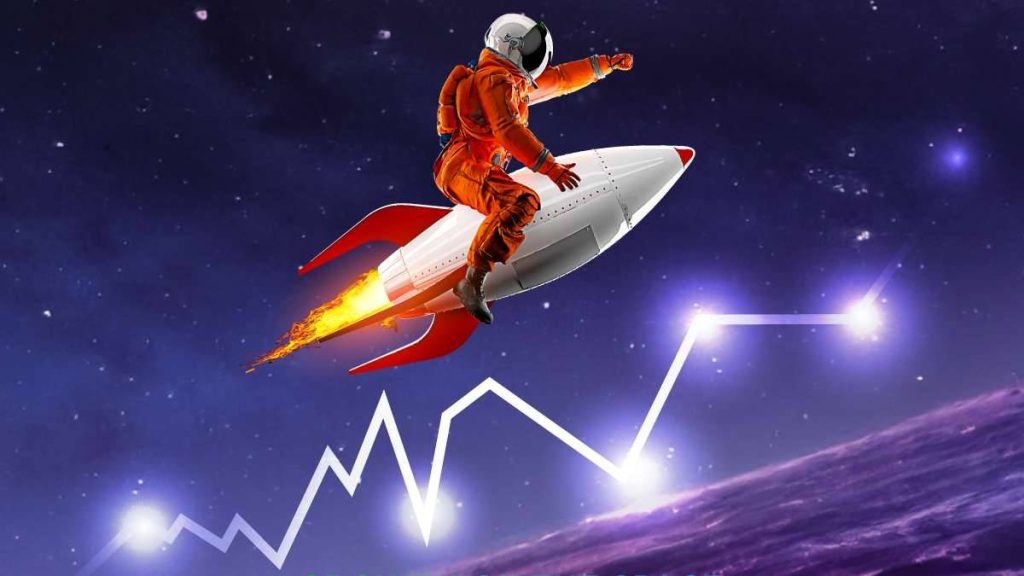Humanity has always looked to the stars with wonder but now, our dreams of exploring the cosmos are transforming into achievable reality. From Mars missions to AI-powered spacecraft, the future of space exploration is being redefined by breakthroughs in artificial intelligence, robotics, and sustainable space technology. The next generation of exploration won’t just observe the universe it will actively reshape our place within it.
Table of Contents
The New Era of Space Exploration
After decades of focusing primarily on Earth’s orbit, we are entering a new space age one marked by innovation, collaboration, and intelligent automation. According to NASA, upcoming missions aim to establish sustainable human presence on the Moon and prepare for the first crewed mission to Mars.
Unlike the Cold War’s “Space Race,” today’s exploration is driven by global cooperation and private-sector innovation. Companies like SpaceX, Blue Origin, and Virgin Galactic are working alongside NASA, the European Space Agency (ESA), and other international organizations to build reusable rockets, lunar bases, and interplanetary transport systems.
How AI Is Transforming Space Exploration
Artificial intelligence is now one of the most critical tools in modern space missions. AI systems help scientists analyze data, control spacecraft, and even make autonomous decisions millions of miles from Earth.
1. Autonomous Navigation
AI-driven spacecraft can navigate independently using image recognition and sensor data. NASA’s Perseverance Rover on Mars uses AI algorithms for terrain mapping and obstacle avoidance, allowing it to explore without constant human control.
2. Data Analysis and Discovery
Massive amounts of data collected from telescopes and sensors are analyzed using AI to identify new planets, stars, and cosmic phenomena. Tools developed by MIT’s Kavli Institute for Astrophysics are already helping researchers discover Earth-like exoplanets using machine learning.
3. Predictive Maintenance
AI monitors the health of spacecraft systems, predicting potential failures before they occur. This technology ensures mission safety and reduces costs a crucial advancement for long-duration missions to Mars or deep space.
4. Intelligent Assistants for Astronauts
AI-powered systems like CIMON (Crew Interactive MObile Companion), developed by Airbus and IBM, assist astronauts aboard the International Space Station (ISS). They provide information, monitor tasks, and even recognize emotions to support human well-being in space.
Robotics: Humanity’s Hands in the Cosmos
Robotics has become the backbone of space exploration, enabling humans to reach environments too dangerous or distant to visit directly.
- Rovers: NASA’s Curiosity and Perseverance rovers have revolutionized Mars exploration by conducting experiments, collecting samples, and transmitting real-time data back to Earth.
- Robotic Arms: The Canadarm2, part of the ISS, assists in spacecraft docking and maintenance.
- Autonomous Drones: NASA’s Ingenuity helicopter made history as the first powered flight on another planet, demonstrating how drones could scout terrain for future human missions.
Robots will play an even greater role in upcoming lunar and Martian missions constructing habitats, mining resources, and maintaining life-support systems long before humans arrive.
Colonizing the Moon and Mars
Lunar Bases: The Gateway to Deep Space
NASA’s Artemis Program aims to return humans to the Moon and establish a sustainable base for long-term exploration. Lunar habitats will rely on 3D printing technology and in-situ resource utilization (ISRU) using local materials to build infrastructure.
The Moon will serve as a launch pad for Mars missions, reducing fuel costs and travel time. According to the European Space Agency (ESA), this approach will create a “Moon-to-Mars” pathway for future interplanetary travel.
Mars Colonization: Humanity’s Second Home
Colonizing Mars is no longer science fiction. SpaceX’s Starship program is designed to transport humans and cargo to the Red Planet. AI and robotics will build habitats, produce oxygen, and cultivate food using Martian soil.
Scientists envision self-sustaining colonies powered by solar energy and supported by AI-managed ecosystems. While challenges remain radiation, limited resources, and psychological effects technological progress is closing the gap faster than ever before.
Space Mining and the Future Economy
Beyond exploration, space holds enormous economic potential. Asteroids contain valuable metals like platinum and gold, and mining them could spark the next trillion-dollar industry.
Startups such as Planetary Resources and AstroForge are already developing AI-guided mining systems to extract resources safely and efficiently. The World Economic Forum predicts that space resources could revolutionize industries from manufacturing to energy within the next few decades.
Sustainability in Space Exploration
As exploration expands, sustainability is becoming essential. Space debris, satellite congestion, and fuel emissions pose long-term risks. NASA and private companies are investing in green propulsion, biodegradable materials, and space debris removal technologies to ensure responsible exploration.
According to MIT Technology Review, sustainable spacecraft design will be critical for maintaining orbital safety and enabling continuous missions in deep space.
The Role of International Collaboration
Space exploration is no longer limited to superpowers. Nations like India, Japan, and the UAE are making historic achievements like Hope Mars Mission. Collaborative projects such as the Lunar Gateway and Artemis Accords ensure that space remains a peaceful and cooperative frontier for all humanity.
Conclusion: Humanity’s Next Great Leap
The future of space exploration represents humanity’s greatest adventure one driven by intelligence, courage, and innovation. With AI, robotics, and global collaboration, we are on the verge of becoming an interplanetary species.
From robotic builders on Mars to quantum-powered spacecraft exploring distant galaxies, every breakthrough brings us closer to understanding our place in the universe.
The stars are no longer unreachable they’re our next destination. And the journey has already begun.




1 thought on “Future of Space Exploration – Comprehensive Guide – 2025”